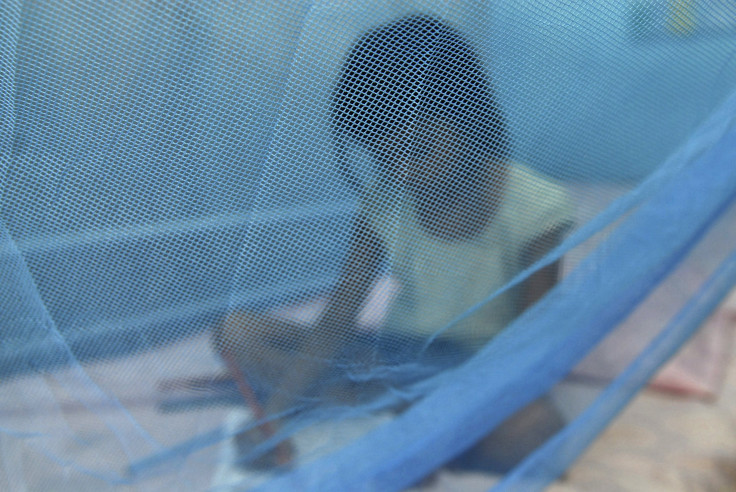The Worst Diseases Around The World: Which ‘Neglected’ Illnesses And Infections Top WHO’s List?

The World Health Organization has identified 17 so-called neglected tropical diseases – viruses, bacteria and parasites that threaten an estimated 1.4 billion people around the world but don’t elicit the same global response as HIV, AIDS or Ebola. Such diseases are native to 149 countries but receive less than .1 percent of worldwide health spending, the health agency found. The WHO said Thursday that the time to extinguish these diseases is now.
The recent Ebola outbreak sparked a flurry of media coverage and sickened over 23,000 people across West Africa. Millions of dollars were poured into ending the epidemic, an effort that involved countries such as Britain and the U.S. sending health care workers to the region to combat the disease’s spread. Ultimately, the effort helped tamper the outbreak that killed an estimated 9.365 people, but health officials have warned that the real threats to public health around the world usually aren’t the ones that make the news.
"Ebola has shown that when there is real urgency, something can be done,” Dirk Engels, WHO's director of neglected tropical disease control, told Reuters. "But it's also shown that maybe we shouldn't wait until it is urgent." Tropical diseases like rabies, dengue fever and Chagas disease continue to spiral out of control. Dengue cases alone have more than tripled over the past 50 years.
Among the worst offenders today are ascariasis, a typo of soil-transmitted parasitic worm that infects the intestines; hookworm, an intestinal parasite found mainly in Africa and Latin America; Lymphatic filariasis, an infection caused by microscopic, thread-like worms; and onchocerciasis, also known as river blindness, which is transmitted by being bitten by blackflies. Such neglected tropical diseases disproportionately affect the world’s poorest people, including more than 500 million children globally, according to the Global Network.
Countries need to raise an estimated $34 billion to fight such diseases over the next 16 years, according to the WHO. There have been some recent successes, the agency pointed out, including the recent eradication of guinea worm, one of only two diseases ever wiped from the face of the earth.
© Copyright IBTimes 2025. All rights reserved.






















